When the spring equinox comes around, our habitats team start their invasive plant species control works. This typically involves spraying/stem injection over three years or excavation followed by burial on site or disposal at a registered facility.
Why do invasive plant species need controlling?
Not only can invasive plants be detrimental to our native flora, if unidentified or mistreated, they can cause costly delays to a project and even lead to prosecution.
Under Schedule 9 of the Wildlife and Countryside Act, 1981 (as amended), developers are legally required to prevent invasive non-native plant materials (also know as ‘controlled waste’) on their land from spreading into the wild and causing a nuisance; as well as prevent harmful weeds on their land from spreading on to a neighbour’s property.
Here are our top five invasive plant culprits commonly found around development sites:
New Zealand Pigmyweed
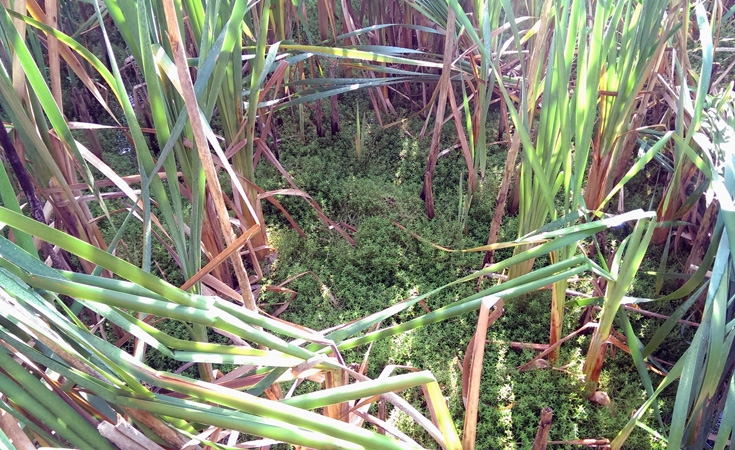
If your site has still or slow flowing water bodies, there is a risk you have New Zealand pigmyweed (Crassula helmsii) as it is spreading fast throughout the UK. It can be troublesome, forming dense mats that can impede drainage and cause flooding, as well as displacing native plants and reducing the amenity value of the water-body.
It is also very easy to spread into the wild and thus contravene legislation, as it can reproduce from tiny fragments of stem. Appropriate handling and disposal from an experienced contractor are essential.
Cotoneaster species
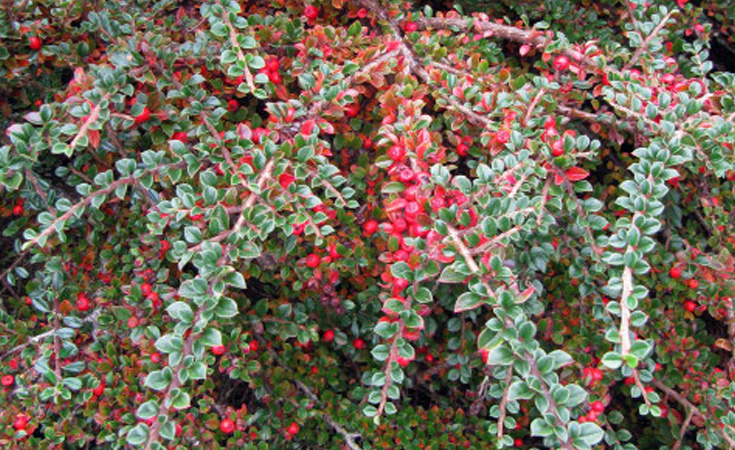
A large group of small trees and shrubs introduced from East Asia, spread readily by birds eating the berries that can come to dominate rough or waste ground. Five Cotoneaster species are listed under Schedule 9 of the Wildlife and Countryside Act and they can form an extensive root system, proving difficult to eradicate.
Himalayan Balsam
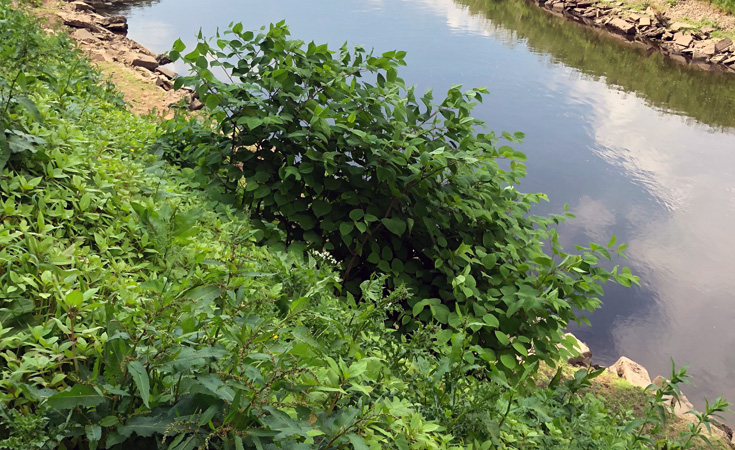
Himalayan Balsam (Impatiens glandulifera) is an easily recognisable and rather ubiquitous species of river banks and damp places. Its explosive seed heads can spread widely, particularly via water. It often forms dense stands at the exclusion of native plants.
During the summer, the lush growth can impede water flow and lead to flooding. When it dies back in the winter, it can leave bare banks exposed to erosion. Care needs to be taken to not spread the seeds further during control, particularly within contaminated soil.
Giant Hogweed
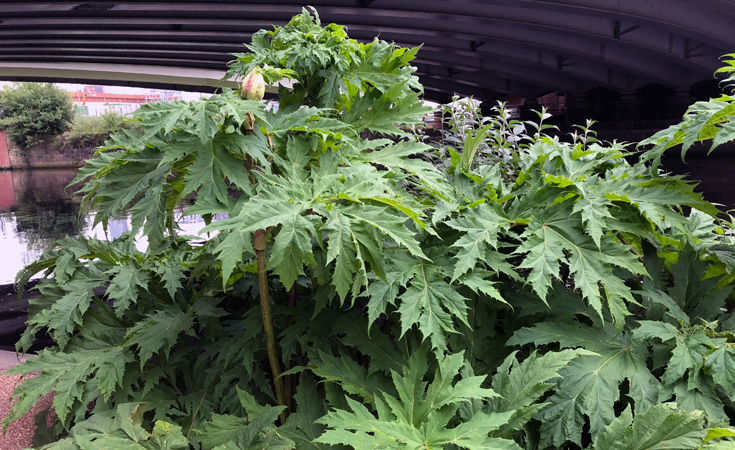
A frequent and unmistakable invader, particularly along river banks, Giant hogweed’s (Heracleum mantegazzianum) large size (up to five meters tall), rapid growth and abundant seed production can cause it to dominate native vegetation and block access to river banks.
This leads to soil erosion, increased flood risk and, as has been reported in national media, serious skin blisters. It can be troublesome to control, due to rapid re-growth from below ground.
Japanese Knotweed
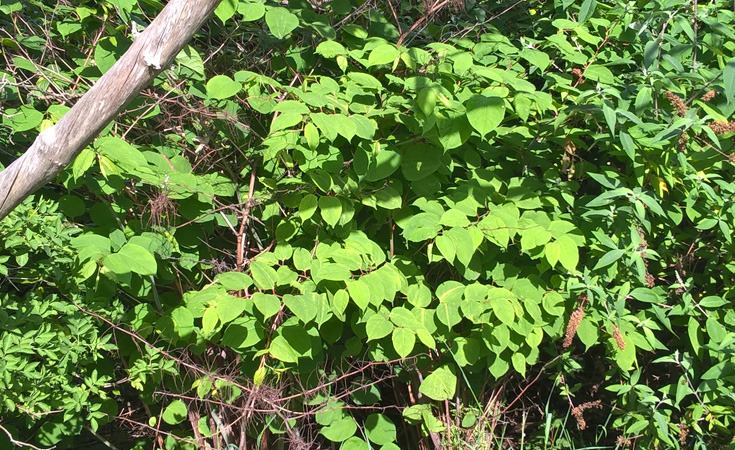
Japanese Knotweed (Fallopia japonica), is often encountered on development sites, as it can tolerate a wide range of disturbed conditions, such as urban areas, schools, watercourses and waste ground. Its strong shoots can damage hardstanding and it can be difficult to eradicate. It does not produce seed in the UK but, like New Zealand Pigmyweed, Japanese knotweed can regrow from small root fragments.
What are the costs to your business?
Invasive non-native species cost the British economy approximately £1.7 billion per year (Williams et al., 2010). The cost for your business can be minimised by seeking expert advice at the earliest stage in your project.
If detailed expert surveys are not conducted or inexperienced personnel are used for clearance, invasive species can either be overlooked or mishandled. This can lead to costly delays during construction.
How we can help
At Thomson Environmental Consultants, we can help you through the entire process, so that your project can continue to run smoothly. From invasive species surveys undertaken by trained botanists, these can often be incorporated into other essential ecology surveys. We can help you develop a management strategy to ensure that you comply with relevant legislation, while providing an efficient and reliable removal and disposal in line with best practice.
To discuss any concerns over invasive non-native species, or to obtain a quote, get in touch today.











